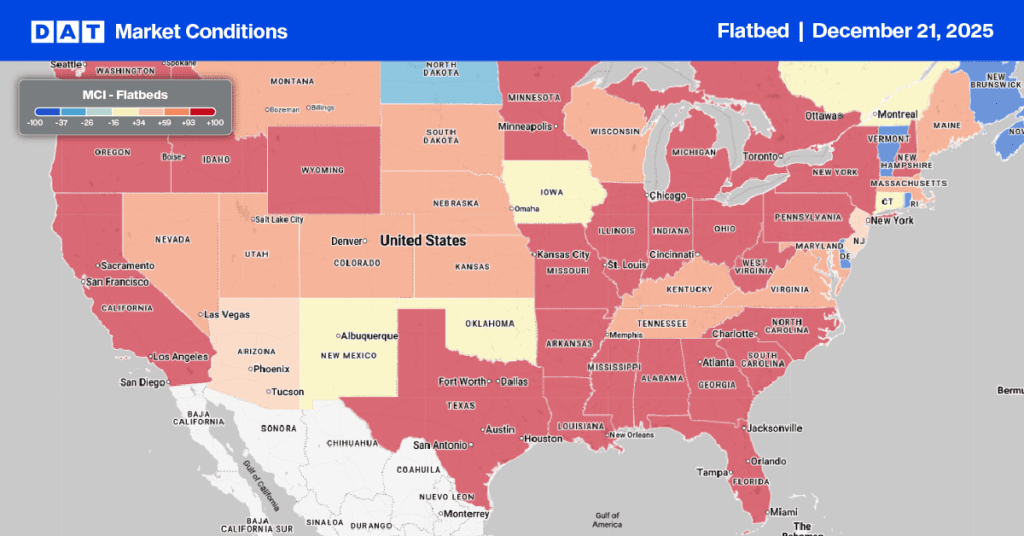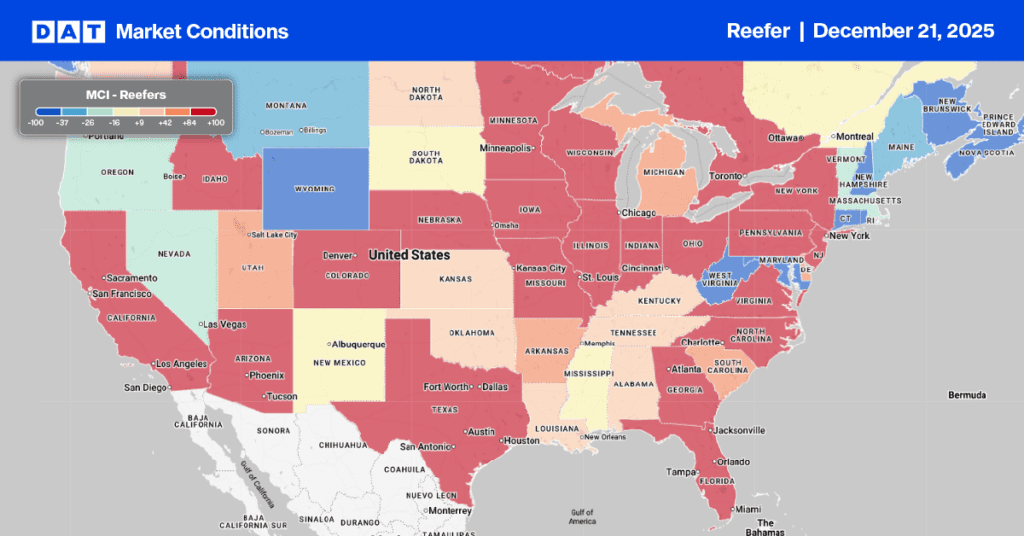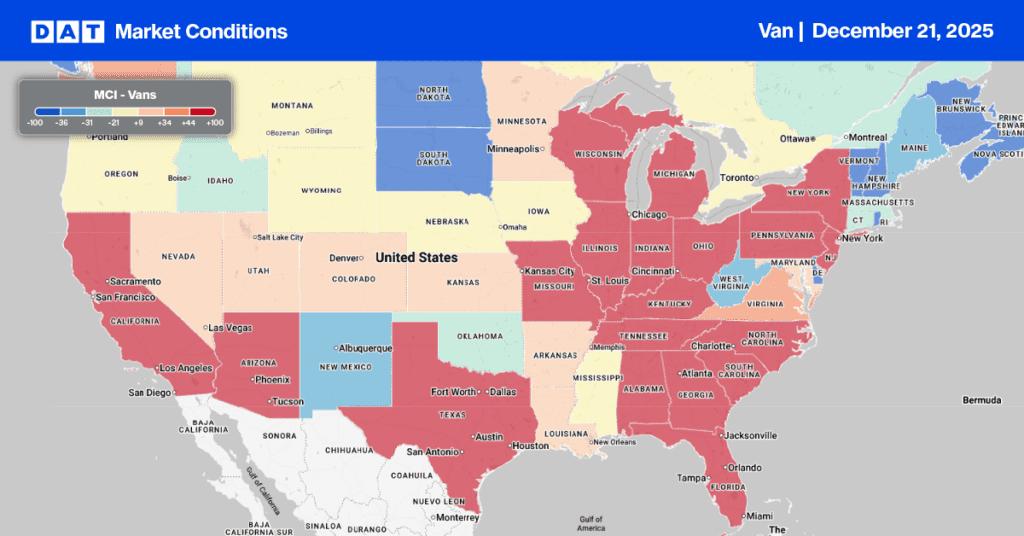Some of the greatest corporate names in American business history have something in common – they can trace their origins back to the need to keep food fresh. The list includes Birds-Eye, Kraft Foods, General Foods, Thermo King, Kelloggs, C.W. Post, Kool-Aid, Oscar Mayer, Maxwell House, Log Cabin, Jell-O, and Hellman’s.
Even though Thermo King’s self-taught inventor and engineer Fred Jones invented transport refrigeration, the origin of temperature-controlled transport dates back to Clarence Birdseye when he was a fur trapper in Canada in 1912. During his stay, he developed an interest in preserving and freezing food (especially fast freezing) after being taught by the local Inuit how to ice fish underneath thick ice layers. Given the -40 Celsius temperature, he found that the fish froze rapidly and tasted fresh when thawed. Upon his return to Gloucester, MA, in 1915, he decided to apply his newfound knowledge to start a business called Birdseye Seafoods by raising $370,000, the equivalent of just over six and a half million dollars today.
Birdseye’s core invention was the flash freezing of foods using his patented multiplate freezing machine, which froze food fast while maintaining fresh flavor. His groundbreaking technology was applied to meat, fish, fruits, and vegetables, but his challenge was that nobody was buying his products outside Massachusetts. The problem with frozen food at the time was that homes didn’t have freezers, and trucks and trains were still using ice blocks to transport frozen food.
Get the clearest, most accurate view of the truckload marketplace with data from DAT iQ.
Tune into DAT iQ Live, live on YouTube or LinkedIn, 10am ET every Tuesday.
The $6 bet
While playing golf in Minneapolis in the late 1930s, Thermo King founder Joseph Numero received a challenge from a customer on a golf course who owned the Werner Transportation Company. Harry Werner was hauling chickens from St. Paul to Chicago and used to refrigerate the load using ice, but the ice was melting, and the chickens were spoiling. He was having a lot of load losses with his chickens, prompting Numero to bet $6 he could design a refrigeration unit within 30 days to take care of the problem. The task was handed off to Thermo-King engineer Fred Jones, an inventor, and race car driver, recognized as one of America’s greatest inventors.
Jones revolutionized the American food industry with his work on refrigerated transportation, became the first African American to receive the national medal of technology, and holds over 60 patents. As a result of the $6 bet, he invented a portable air cooling unit that eventually allowed trucks and trains to carry fresh food across the country without spoiling, ushering in the supermarket era.
Birdseye struggles to turn a profit without freezers in homes and shops
By the mid-1920s, almost half of American households still didn’t have electricity, and the icebox, a simple cupboard with a block of ice at the bottom, was the way most Americans kept food cold. Even though the electric refrigerator was invented more than a decade before, in 1913, they were expensive and slow to catch on. In 1929 Clarence Birdseye was bleeding money and had yet to make a single dollar profit on his frozen food until a chance meeting with the daughter of the late C.W. Post, Marjorie Post.
Looking to expand her Post cereal company, she decided to buy Clarence Birdseye’s struggling company for $20 million, the modern equivalent of more than $340 million today. The problem Clarence Birdseye faced in the mid-20s was distribution, and with Majorie Post’s vision and backing, he was able to pioneer frozen food transportation from coast to coast.
Their key to success was the installation of supermarket freezers in supermarkets, but they didn’t make supermarkets buy the freezers. They installed the freezers for free. Marjorie Post went on to build the General Foods Company, a much bigger company than the one her father started after working in the kitchen at the Kellogg Sanitarium in Battle Creek, MI.
One in three 18-wheelers are reefers today
Today, frozen food is the second biggest seller in grocery stores around the world after making a comeback during the pandemic, and Birdseye still leads the pack in the frozen vegetable market. On the road, every third truck is a refrigerated one and unlike a dry van, a reefer trailer has the added versatility of being able to haul both dry and refrigerated.


